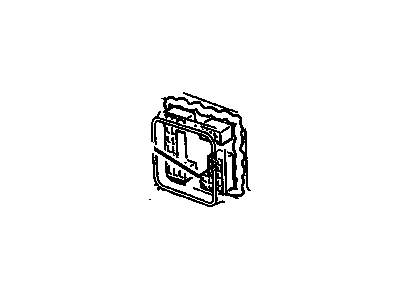
My Garage
My Account
Cart
Genuine Chevrolet Tracker Fuse
Circuit Fuse- Select Vehicle by Model
- Select Vehicle by VIN
Select Vehicle by Model
orMake
Model
Year
Select Vehicle by VIN
For the most accurate results, select vehicle by your VIN (Vehicle Identification Number).
12 Fuses found
Chevrolet Tracker Fuse,10 A (Ato Fuse)
Part Number: 88861353$0.05 MSRP: $0.10You Save: $0.05 (50%)Ships in 1-3 Business DaysChevrolet Tracker Fuse Assembly, Dash Wiring Harness Fuse Block
Part Number: 12004008$0.90 MSRP: $1.71You Save: $0.81 (48%)Ships in 1-3 Business DaysChevrolet Tracker Fuse,Mini 10 A
Part Number: 12092079$4.23 MSRP: $7.98You Save: $3.75 (47%)Ships in 1-3 Business DaysChevrolet Tracker Fuse, Auto 20Amps (Yellow)
Part Number: 12004009$0.60 MSRP: $1.14You Save: $0.54 (48%)Ships in 1-3 Business DaysChevrolet Tracker FUSE *PINK
Part Number: 84082833$4.79 MSRP: $7.94You Save: $3.15 (40%)Ships in 1-3 Business DaysChevrolet Tracker Fuse(Package Of 12004010), 25Amps *Clear*
Part Number: 88909765$0.53 MSRP: $1.00You Save: $0.47 (47%)Ships in 1-3 Business DaysChevrolet Tracker Fuse,Wiring Harness
Part Number: 91173702$9.98 MSRP: $15.70You Save: $5.72 (37%)Ships in 1-3 Business DaysChevrolet Tracker Fuse,Wiring Harness
Part Number: 91173703$0.58 MSRP: $4.78You Save: $4.20 (88%)Ships in 1-2 Business Days
Chevrolet Tracker Fuse
Each OEM Chevrolet Tracker Fuse we offer is competitively priced and comes with the assurance of the manufacturer's warranty for the part. Furthermore, we guarantee the speedy delivery of your orders right to your doorstep. Our hassle-free return policy is also in place for your peace of mind.
Chevrolet Tracker Fuse Parts Questions & Experts Answers
- Q: How are the electrical circuits safeguarded and what should be done when a fuse fails on Chevrolet Tracker?A:The electrical circuits of the vehicle are protected by fuses, circuit breakers, and fusible links and the interior fuse / relay block is beneath the instrument panel on the left side of the dashboard while the main fuse/relay is located in the engine compartment. It is always possible to tell which circuit a particular fuse is supposed to protect if one looks at the fuse panel. Miniature link fuses with blade terminal construction are used in the fuse block as the fuses can be easily installed and withdrawn using fingers. When rewiring an electrical component, the first thing to check is the fuse, with a test light, you touch the bare ends of the wire at the exposed terminal tips; if the light goes out on one side but not on the other then you know the fuse is have blown and this can be seen physically. Blown fuses should be replaced by the correct fuses since though physically different fuses of different capacities might be interchangeable but for safety purposes, only the said fuses which should have the right capacity should be fitted to protect each electrical circuit. If a replacement fuse blows as soon as it is put back in place, it should not be replaced again until the root of the problem-which is most frequently a short circuit caused by a broken or aged wire-is fixed.













